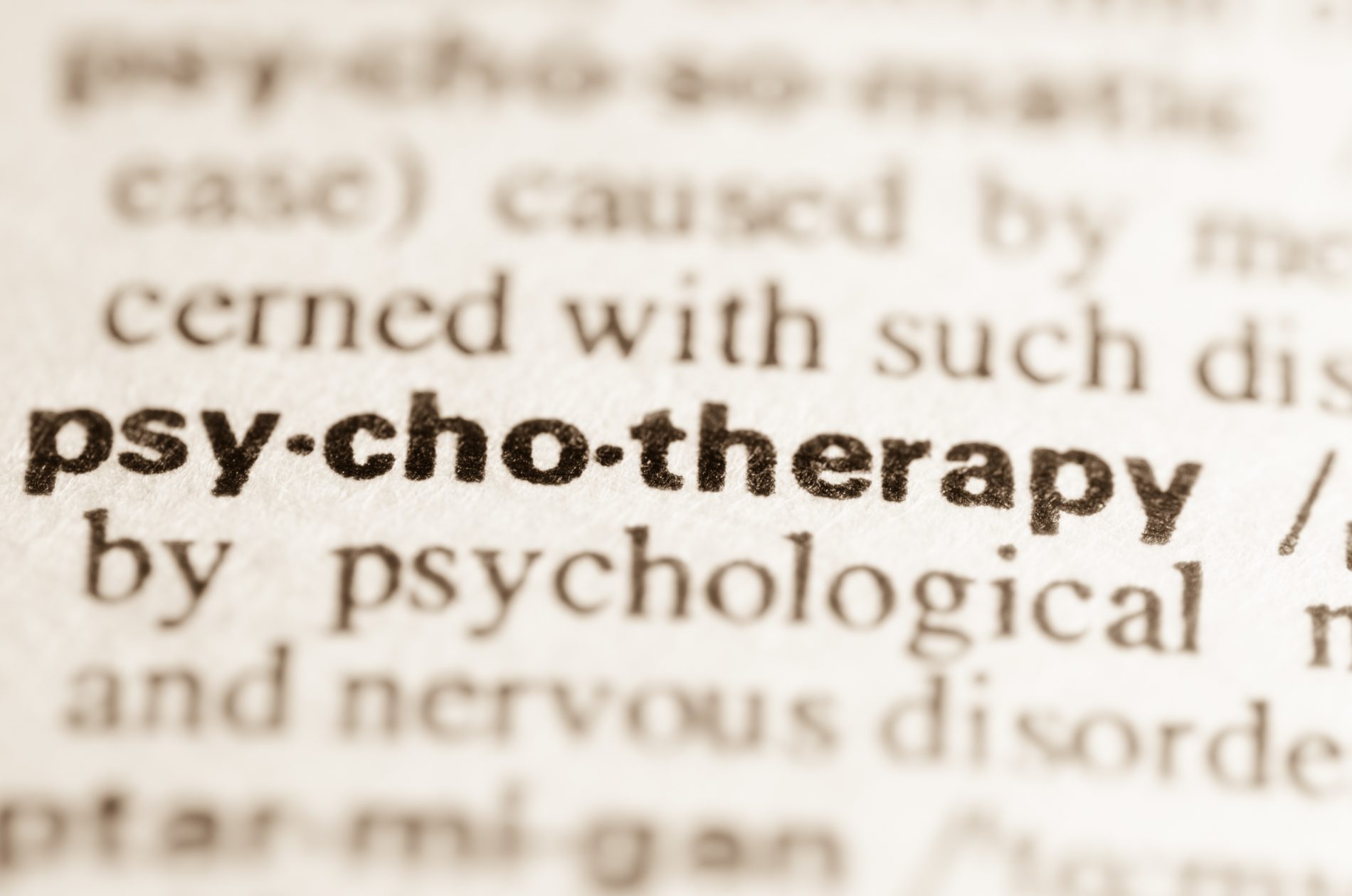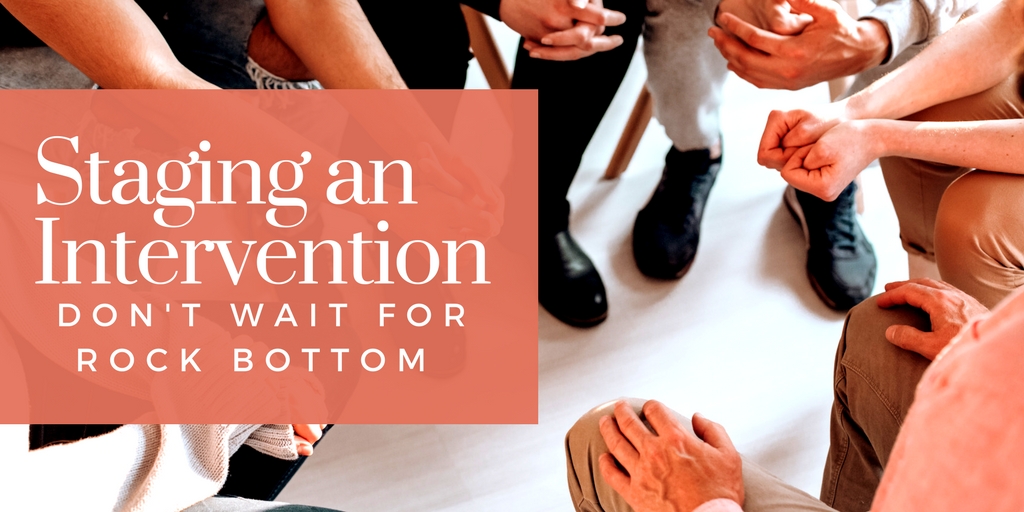What is Psychotherapy
What is Psychotherapy?
Psychotherapy, also known as Talk Therapy, is the treatment of disorders using psychological techniques rather than medical intervention. The general intention of psychotherapy is the promotion of communication to aid in recovery from a variety of ailments. PT is used to improve conditions of emotional stress, anxiety, and substance abuse. By communicating with trained psychotherapy professionals, the patient can work towards a solution to their problems, usually by learning how to modify their thinking and behavior. The wide variety of approaches used in PT means it can prove successful for those of any age, gender, and personality type.
Types of Psychotherapy
Cognitive Behavioral Therapy, often referred to as just CBT, falls under the category of a psychotherapy. The psychotherapist’s aim with CBT is to aid the patient in altering their own behavior and thought. Commonly used for anxiety and depression, Cognitive Behavioral Therapy is a type of talk therapy where the therapist focuses on specific solutions to the patient’s problems. The Purpose of CBT is to get the patient thinking and acting more appropriately for their situation.
Psychodynamic/Relational
Psychodynamic Therapy is sometimes known as Relational Therapy and involves in-depth psychoanalysis conducted by a specifically trained psychotherapist. This unique technique in psychotherapy attempts to help both the therapist and the patient understand where their problems are coming from. Be it from emotional distress or deeply rooted fears or behaviors, the goal of the therapist is to develop the establish and enrich the patient’s self-awareness. Psychodynamic Therapy hopes to connect previous experiences to current behaviors.
Somatic Experiencing
Somatic Experiencing is a psychotherapy approach concerned directly with body awareness. Its principal intent is to heal trauma that is often the result from what has become known as post-traumatic stress disorder (PTSD). The focus of the treatment is on the patient’s somatic sensations; their perceived body sensations. The theory behind SE is that negative symptoms of trauma, like shame, anxiety, and embarrassment occur because we do not fully process the trauma. During treatment, the therapist will introduce minute amounts of stressful trauma and make observations on the patient’s response. From this, the Somatic Experiencing therapist can begin developing with the patient, strategies to regulate their stress responses.SE is one of the more recently developed psychotherapy treatments and has been successful for a variety of stress disorders.
EMDR
It’s a long one! EMDR stands for Eye Movement Desensitization and Reprocessing Therapy. What could that possibly entail? This psychotherapy approach has been very well researched and has consistently shown to produce positive results with respect to trauma recovery. During the treatment, the therapist will dig into the patient’s history to determine the root-cause of the trauma. The patient will then be trained in a few stress reduction techniques to be used during the therapy sessions. Visualization of the trauma, identification of self-negativity, and emotional responses and body sensations are all key aspects of the treatment. The actual EMDR techniques are a bit difficult to envision but include eye movements, taps, and tones. The inclusion of these stimuli is what has shown in research to bring success to the therapy.
TRM
The goal of this psychotherapy approach is for the patient to be able to manage their nervous system by controlling the sensations they experience with respect to their traumas. Our bodies have automatic responses to perceived threats; think fight, flight, and freeze. Trauma Resiliency Model uses several approaches to help the patient understand their natural responses to trauma and stress. Titration, tracking, and pendulation are some of the technique you’ll come across if you choose to undergo this psychotherapy. The uniqueness of TRM is that the body’s innate responses provide the foundation to work from. In other words, the patient already has everything needed to be successful in this approach to psychotherapy.
Motivational Interviewing
Motivational Interviewing is a fairly straightforward psychotherapy approach that works on facilitating and engaging intrinsic motivation within the client by focusing counseling session more on specific goals rather than self-expression from the patient. In MI the aim of the therapist is to influence the patient directly in hopes of accomplishing specific goals geared towards improving the patient’s state of mind and behavior. The presence of ambivalence is commonly very high in those suffering from addictions and trauma. The focused and direct approach of motivational interviewing sessions is designed to help the patient omit conflicting and contradictory feelings and thoughts which impede progress and eventual success in psychotherapy.
Group Therapy
This is one of the more well-known types of psychotherapy. Most often involving 6-12 patients and a single therapist, group therapy is a very open strategy that can integrate other psychotherapy techniques like cognitive behavioral therapy and motivational interviewing, in a group format. In this approach, the group itself is the key strategy. Group therapy leverages the group setting as an instrument for change by relying on the dynamics of interpersonal relationships. In groups, patients can lean on each other for support while learning from one another’s strengths and skillsets. For this reason, group therapy is one of the more command preferred psychotherapy approaches.
Interpersonal
Interpersonal psychotherapy is as the name implies, personal. Differing from group therapy as a one on one approach, IPT is highly structured and follows a strict timeframe usually of 12-16 weeks. Originally developed to treat depression, this psychotherapy approach is now utilized to treat many more types of issues, including substance abuse. There are 2 principal techniques in IPT, attachment theory, and interpersonal theory. The ultimate goal of interpersonal psychotherapy is to develop the patient’s communication abilities and therefore improve their ability to enter and maintain relationships with others.
What to Expect
There is no general expectation one could have for psychotherapy. The variety of approaches means the patient won’t know what to expect until they speak with a professional. Also varying is the length of treatment. Again, until the patient meets with a psychotherapy provider it is hard to say exactly how frequently and for how long they will receive treatment. When deciding to contact a PT provider it is key to keep in mind that these types of treatments for addiction have a long-standing record of success. Discuss your goals and define key indicators of successful psychotherapy with your provider.
Who Can Benefit
So, who can benefit from psychotherapy? In a nutshell, everyone. While psychotherapy comes in many different approaches and strategies there is more or less something for everyone. The benefits of PT to those suffering from addiction are well documented and widely utilized. However, it should be noted that a patient undergoing psychotherapy for addition can frequently make improvements in other aspects of life including mood, anxiety, and personality disorders.
How to Find a Provider
Google, of course! When searching for a provider in your area consider all the traits you would for most services. A local, well-established psychotherapy provider will have a better understanding of the local community and the common issues with substance abuse and addiction in that area. Ensure your providers is certified with reviews and has long-standing experience with your specific needs.
Schedule a 30-min consultation with Adam
Schedule Free ConsultationSchedule Free Consultation
Find out if we can help you raise the bottom
[/vc_column_text][/vc_column][/vc_row]

